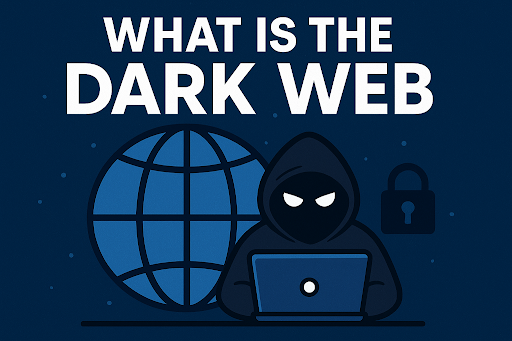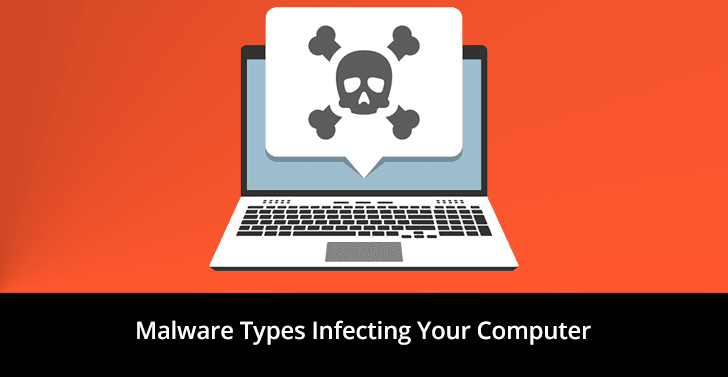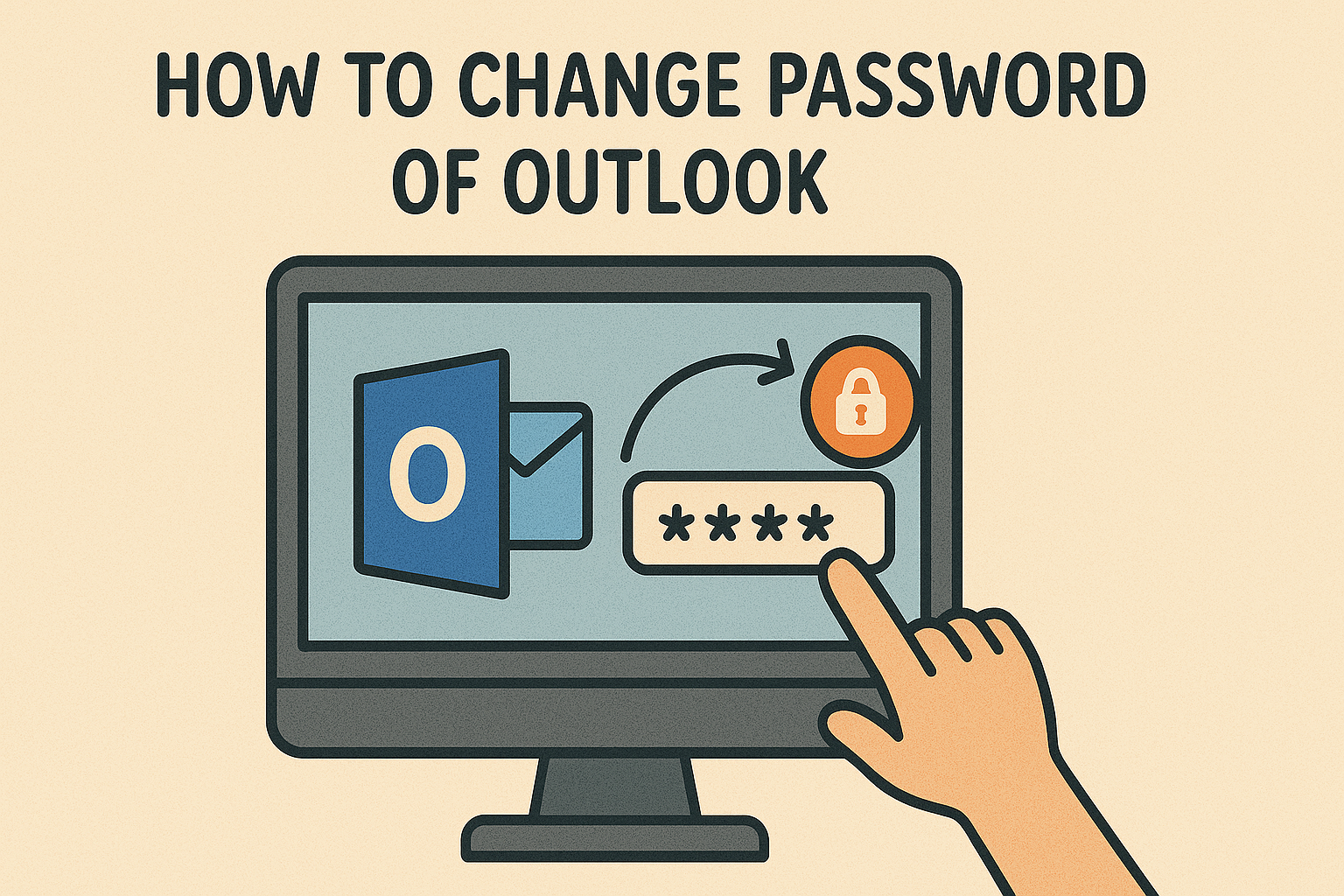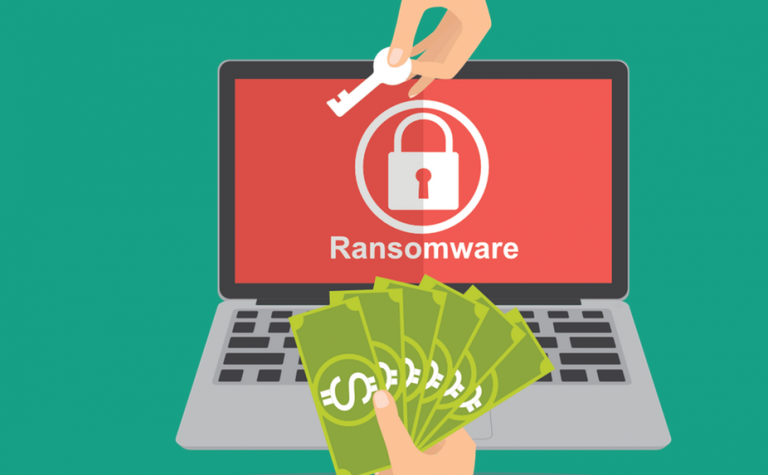How Is A Ransom Virus Carried Out?
Updated on October 11, 2022, by Xcitium
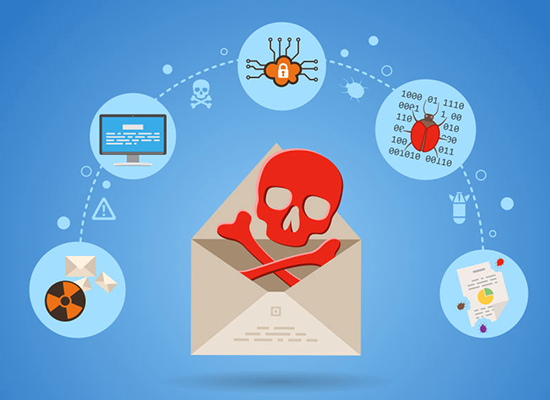
Ransomware has been in the news, and chances are you’ve heard about the damage it does to businesses and individuals. So, are you wondering how does the ransom virus work? That’s the ransomware, of course! Before we go into that, let’s attempt to clear the puzzle about Ransomware being a virus or malware.
Is ransomware a virus? Most people commonly refer to the everyday malware attack as a computer virus. It is a common term used to describe an infected computer by malicious codes. While that appears to be an acceptable way of passing the message about such attacks, most malware programs aren’t viruses. And as you may know, ransomware is a type of malware.
What is a computer virus? A computer virus is a type of malware that infects your computer through other programs. It inserts its code into other applications and self-replicates on your computer. With this, it’s capable of corrupting or destroying your computer files.
On the one hand, malware is a general term for all malicious codes and software, regardless of how it attacks your computer, intent, or mode of spreading.
So, ransomware isn’t a virus, but a different type of malware, just like the virus is a type of malware. Ransomware focuses on encrypting your data, denying you access to them until you pay the requested ransom.
Curious to learn more about ransomware malware? Let’s get into it!
How Does Ransomware Malware Work?
As you already know, ransomware malware is a type of malware that takes over your system, blocks you from accessing vital data, and requests a ransom before your computer is freed. The intent is to get money from the victim fraudulently and not to harm data.
It is spread through phishing, social engineering, and fishy websites. For phishing, the person behind the ransomware would send emails with fake identities. This is to trick you into opening a link that may come with the email. They may mimic your physician, bank account officer, and other services you use. Clicking or downloading any attachment automatically welcomes the malware to your computer.
Like emails, ransomware attackers also use social media to send fake messages with malicious codes. The same applies to unsafe websites though a bit different. For websites, you may stumble on a fishy site that may display a pop-up — asking you to update an outdated software or enter a promotion. You do welcome the ransomware on your computer by doing any of the above.
When the malware gets to your computer, it isn’t a ransomware attack yet, until it encrypts your data and places a request for payment before you regain access to the files. Most victims do realize of a ransomware attack at this stage. The malware is quite deceptive, and your traditional security system can hardly detect them.
Who Is A Target Of Ransomware?
In recent years, most of the attacks have been focused on the healthcare industry, law firms, schools, and government agencies. The attackers target those institutions that need their data for daily operations and can’t operate without data. However, ransomware attackers do target individuals who own data-driven companies too. So, both the government, individuals and businesses are targets of ransomware.
Should You Pay The Ransom?
The state of your ceased data should determine how you respond to a ransomware attack. You may want to refuse to pay the ransom if your encrypted data is backed up, and you’re sure of a successful recovery. Otherwise, you want to play along with the criminal’s requirements.
Also, if your ceased data aren’t important, you may want to let them go and reformat your systems. However, records of ransomware attacks show that the attackers are quite tactical and ensure they encrypt your most essential data. The best thing is to avoid ransomware attacks.
How To Prevent Ransomware
Preventing a ransomware attack is the same process as avoiding any malware attack. You should:
- Always update all your applications and operating system
- Use strong passwords and do not use the same passwords for all accounts
- Avoid using public Wi-Fi
- Avoid downloading from untrusted websites
- Do not open emails attachment from senders you don’t know
- Use antivirus on your computer
- Use advance endpoint protection
Wrapping Up
Note that some malware such as fileless malware and ransomware do bypass antiviruses. You need advanced endpoint protection to prevent advanced threats. This security system uses advanced technologies like IoT, AI, etc., to detect and block sophisticated malware.
If you’re not sure how works, advanced endpoint protection click here to learn more.






